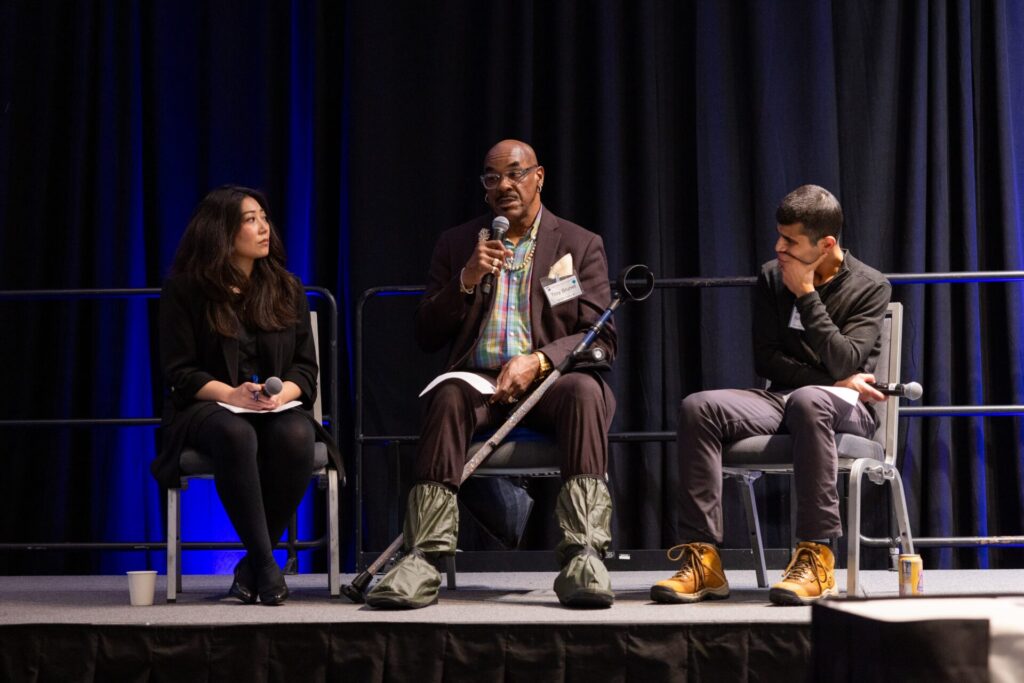 At the Food Bank, we know ending hunger means disrupting its root causes, which include poverty and housing instability. Real change is impossible if we don’t tackle these issues together — a belief that was front and center at the Episcopal Community Services’ (ECS) inaugural Housing Symposium in February, where San Francisco’s leading hunger and homelessness advocates gathered to discuss solutions.
At the Food Bank, we know ending hunger means disrupting its root causes, which include poverty and housing instability. Real change is impossible if we don’t tackle these issues together — a belief that was front and center at the Episcopal Community Services’ (ECS) inaugural Housing Symposium in February, where San Francisco’s leading hunger and homelessness advocates gathered to discuss solutions.
Noriko Lim Tepper, chief officer for the Food Bank’s Strategic Partnerships, Advocacy & Voice department moderated a panel discussion on improving food security through CalFresh.
“The symposium is gathering community and government leaders to strategize ways we can develop inclusive policies and give more people the opportunity to access social services like CalFresh and other benefits,” she said.
Noriko was joined by Rohit Naimpally, senior director of Impact at Tipping Point Community, and Troy Brunet, a member of the Food Bank’s Food Policy Action Coalition (PAC). Each panelist brought a unique perspective on how CalFresh serves as a critical tool in the fight against poverty.
The Impact of CalFresh
Rohit shared Tipping Point’s research on the significance of CalFresh’s impact on hunger and poverty and details from its latest report on the issue. One key takeaway was that, when comparing multiple social safety net programs, CalFresh played the largest poverty fighting role statewide.
CalFresh — known nationally as SNAP and formerly as ‘food stamps’ — is a cornerstone of our food safety net in California. CalFresh alone kept over 100,000 Bay Area residents from dipping below the poverty line, according to Tipping Point’s findings. Additionally, the report noted that, compared to the five most populous states in the U.S., California has the lowest percentage — at 55% — of eligible people accessing CalFresh. And, while San Francisco has the highest eligible enrollment rate in the Bay Area at 81.5%, Tipping Point’s findings showed most of the Bay Area averaged below the state at 52%. Marin’s rates weren’t included in the findings, but the county does slightly better at 58.9%, according to 2021 data from the California Department of Social Services.
Because CalFresh is recognized for its effectiveness in addressing a root cause of hunger — poverty — increasing greater access to the program is a priority for the Food Bank. It’s why we helped pass AB518, a bill requiring California to identify people eligible but unenrolled in CalFresh and to find ways to enroll them.
Speaking from lived experience with food insecurity and as a CalFresh recipient, Troy weighed in on why he thinks the number of CalFresh users isn’t higher. “People don’t know that they qualify and that it’s there for them,” he said.
Troy also spoke about the enrollment process, which can be a barrier.
“The applications are kind of long and drawn out,” he said, “and some people don’t want to fill all of that out or even have the energy to do it.”
As a member of the Food PAC, Troy and 12 other people who have also experienced food insecurity help the Food Bank advocate for just, equitable public policies that address the root causes of hunger and strengthen the social safety net. For Troy, CalFresh especially matters.
“CalFresh to me is very important,” said Troy. “I’m HIV positive, so I deal with a lot of health issues. Having quality, good food to eat is a big help for my health. I’ve also found a lot of seniors don’t get the access they need, and they do need to be able to eat and have quality food.”
A Call to Action
Looking ahead, the panel members and others at the symposium expressed concern about our vulnerable social safety net — especially CalFresh, which is at risk of federal funding cuts.
“We just think that more needs to be done in terms of bringing attention to this issue,” said Beth Stokes, executive director of ECS.
A Food Bank community partner, ECS focuses on the needs of the unhoused, and “food is a very, very basic need,” she continued. “For folks that are in supportive housing to be able to have easier access to hot meals, it’s quite a challenge. We do have access to the Food Bank, but we also have over two thousand units of supportive housing in the city. That means a lot of people need food.”
A clear takeaway from the gathering was the importance of collective advocacy to ensure CalFresh remains intact.
“CalFresh benefits are critical for our community,” Noriko said. “It’s the first access point that people have in receiving healthy, fresh foods. People being able to access those benefits are vitally important for them to then participate and be healthy enough to just survive but be a part of a thriving economy.”


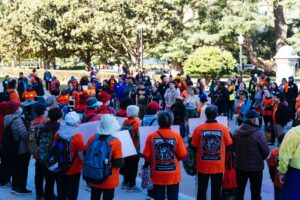 On April 30, our Policy and Advocacy team gathered in-person with the California Hunger Action Coalition (CHAC) in Sacramento to raise their voices for Hunger Action Day! Hunger Action Day is the single largest anti-hunger advocacy day in California, bringing advocates from across the state to the State Capitol to speak face-to-face with our policymakers.
On April 30, our Policy and Advocacy team gathered in-person with the California Hunger Action Coalition (CHAC) in Sacramento to raise their voices for Hunger Action Day! Hunger Action Day is the single largest anti-hunger advocacy day in California, bringing advocates from across the state to the State Capitol to speak face-to-face with our policymakers.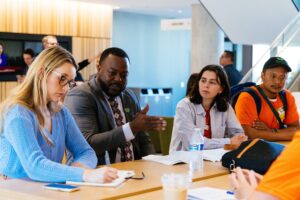
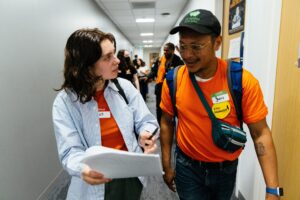 Reflecting on a jam-packed day of collaboration, Food Bank staff came away feeling energized to continue pushing for impactful, equitable policy.
Reflecting on a jam-packed day of collaboration, Food Bank staff came away feeling energized to continue pushing for impactful, equitable policy.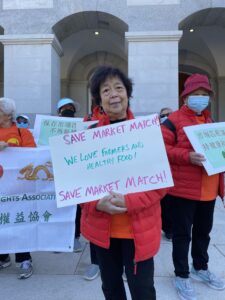 TNDC’s Tenderloin Chinese Rights Association.
TNDC’s Tenderloin Chinese Rights Association. 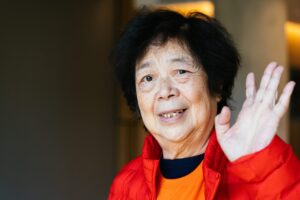
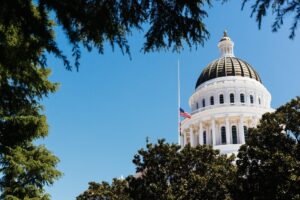
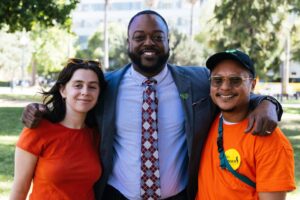

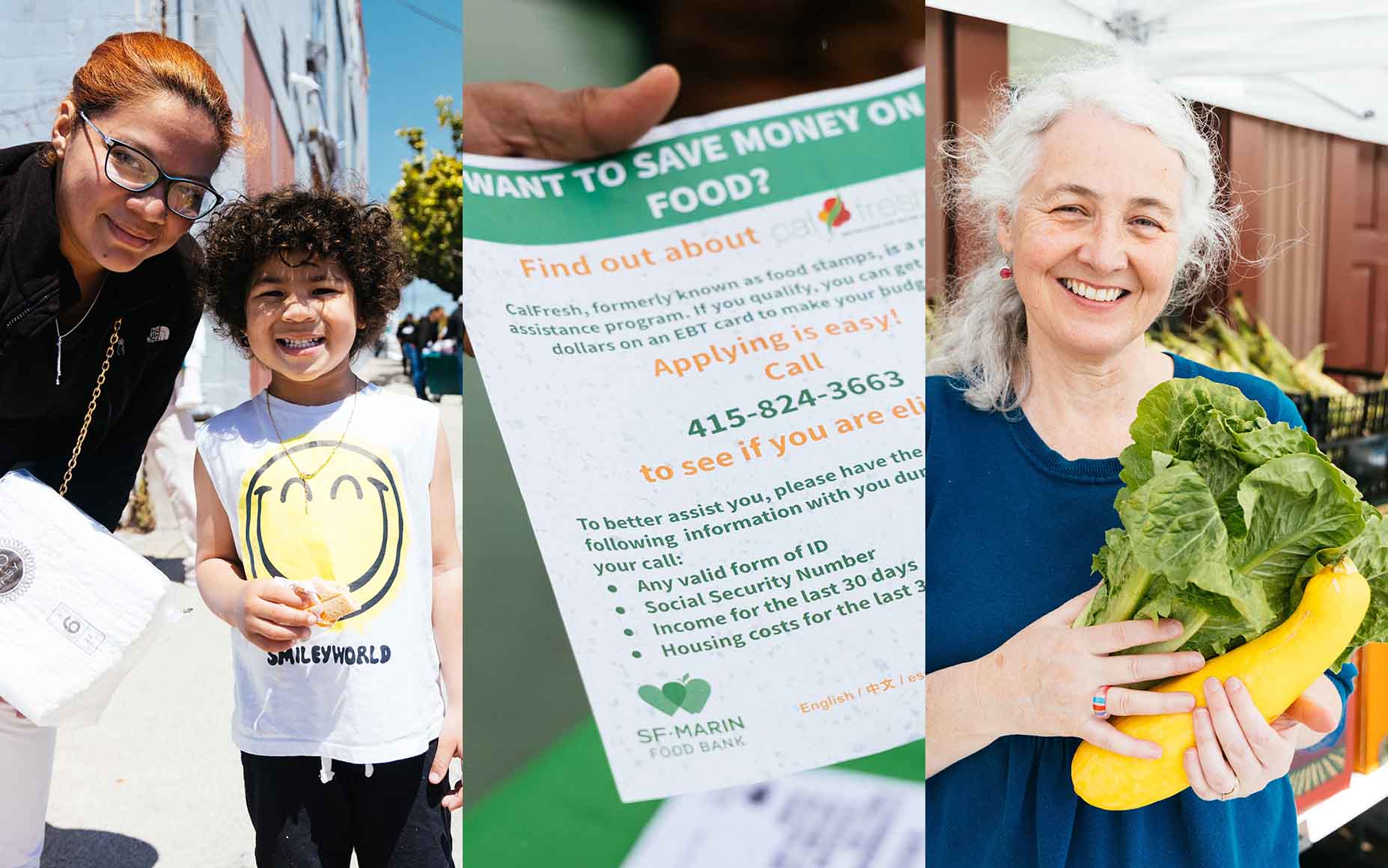
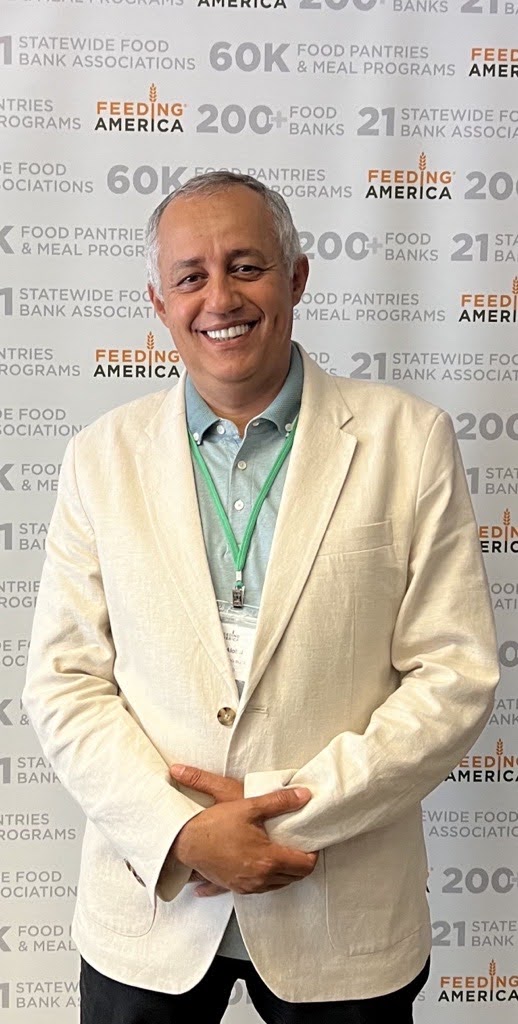
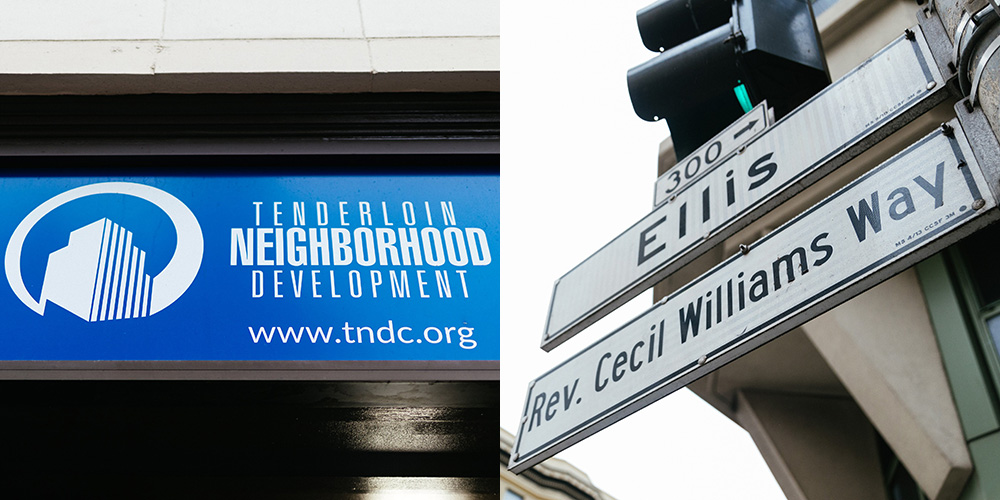
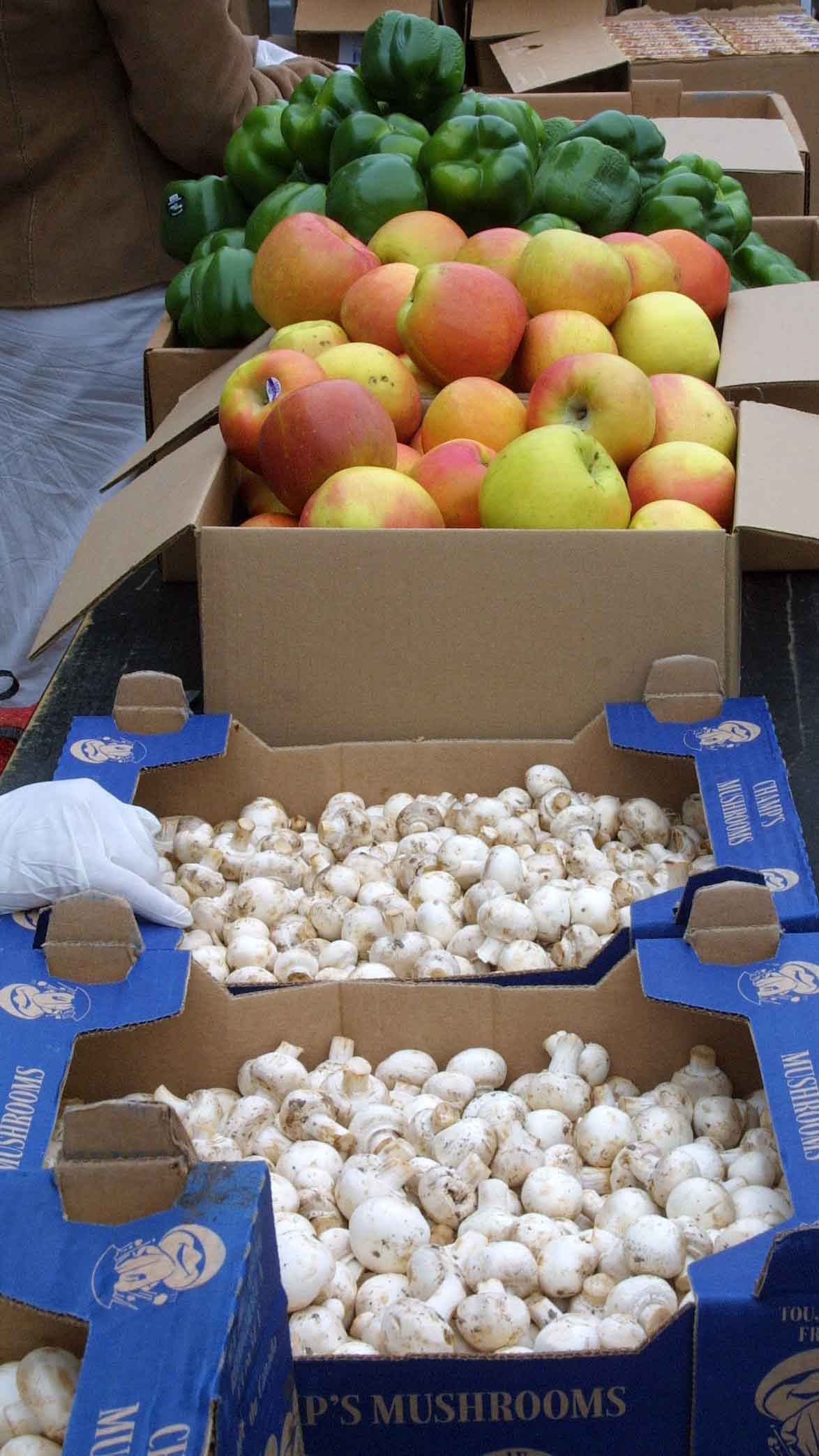 Food Bank (FB): Before we dig into the Elevating Voices: Power Summit, let’s hear a little more about your work in the Tenderloin.
Food Bank (FB): Before we dig into the Elevating Voices: Power Summit, let’s hear a little more about your work in the Tenderloin.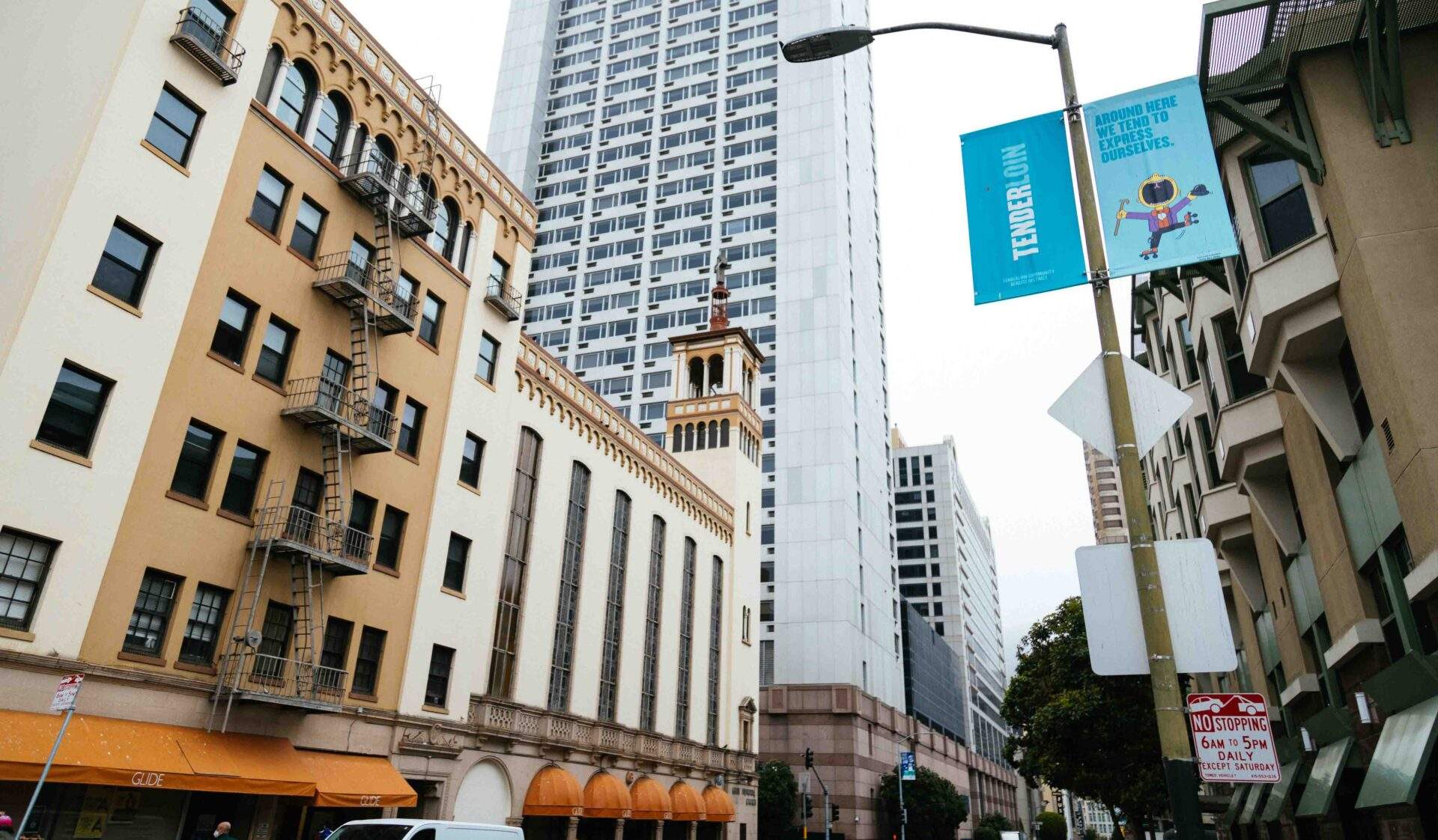
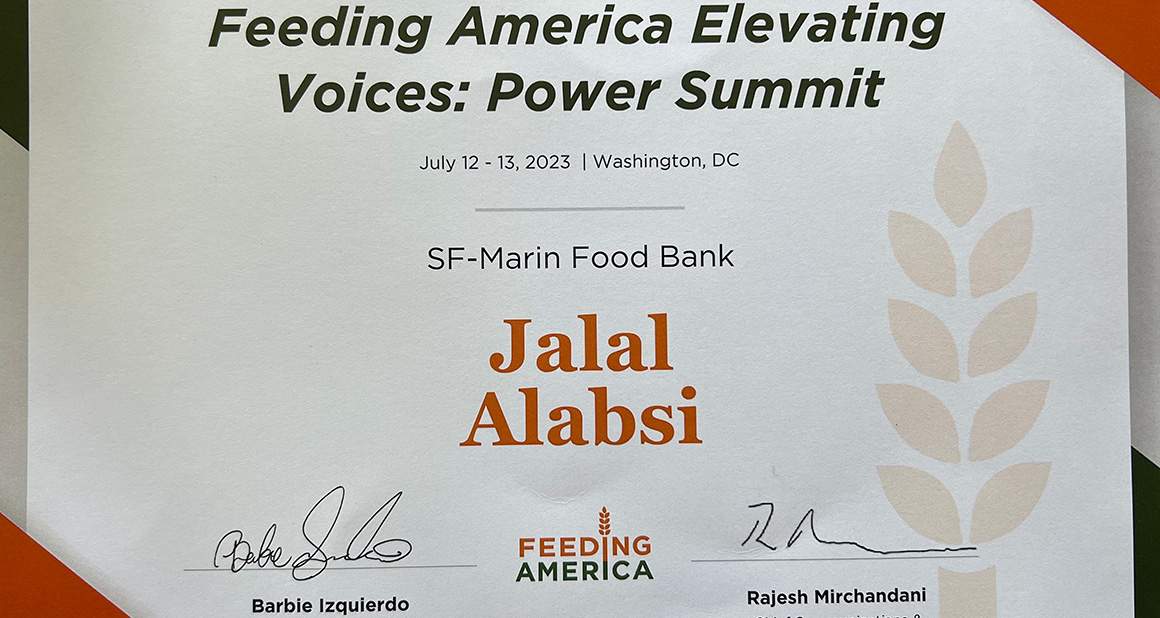

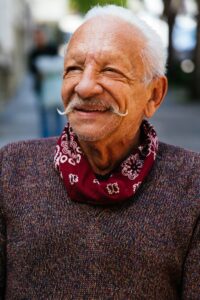 40 years, an activist, and a pantry participant since 2020 in his neighborhood of the Western Addition. He’s also one of roughly 101,000 CalFresh (known as SNAP federally) recipients in San Francisco who saw their grocery budget decimated overnight. This is due to the federal government’s decision to cut emergency allotments, which boosted CalFresh benefits by an average of $160 for recipients in San Francisco during the pandemic. That’s a loss of nearly $12 million a month in food assistance for our neighbors.
40 years, an activist, and a pantry participant since 2020 in his neighborhood of the Western Addition. He’s also one of roughly 101,000 CalFresh (known as SNAP federally) recipients in San Francisco who saw their grocery budget decimated overnight. This is due to the federal government’s decision to cut emergency allotments, which boosted CalFresh benefits by an average of $160 for recipients in San Francisco during the pandemic. That’s a loss of nearly $12 million a month in food assistance for our neighbors. For Miguel, his CalFresh benefits were a supplemental support that helped him stretch his budget and extend a little kindness to other friends who were struggling during the throes of the pandemic. “I was able not only to get things for myself, but I was able to invite friends to get food with me so we can have dinner together. I did it with two friends, maybe every two weeks. Eating alone is not really the best thing. Having company and being able to provide something a little extra, that was very nice. It really made a difference for me and my friends.”
For Miguel, his CalFresh benefits were a supplemental support that helped him stretch his budget and extend a little kindness to other friends who were struggling during the throes of the pandemic. “I was able not only to get things for myself, but I was able to invite friends to get food with me so we can have dinner together. I did it with two friends, maybe every two weeks. Eating alone is not really the best thing. Having company and being able to provide something a little extra, that was very nice. It really made a difference for me and my friends.” leave food banks to pick up the slack, it’s essential that the Food Bank maintains access to the fresh produce, proteins, and grains that 53,000 neighbors rely on weekly to nourish themselves. “The benefit is greater than just food,” Miguel explained to us. “At my age, I don’t think there’s any stigma – I encourage other people to apply for these services. I have diabetes, so I have to be careful about what I’m eating. And besides the food, I can use the money [I save] on other things that are beneficial for my health or enjoyment. It’s a ripple effect; it magnifies your life in all these positive ways.”
leave food banks to pick up the slack, it’s essential that the Food Bank maintains access to the fresh produce, proteins, and grains that 53,000 neighbors rely on weekly to nourish themselves. “The benefit is greater than just food,” Miguel explained to us. “At my age, I don’t think there’s any stigma – I encourage other people to apply for these services. I have diabetes, so I have to be careful about what I’m eating. And besides the food, I can use the money [I save] on other things that are beneficial for my health or enjoyment. It’s a ripple effect; it magnifies your life in all these positive ways.”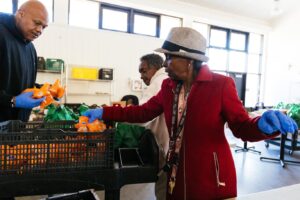
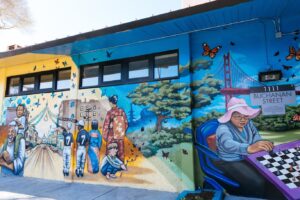 Ms. Adrian: My daughter is the president of the
Ms. Adrian: My daughter is the president of the 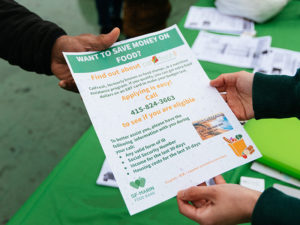 “I pick up groceries from the food pantry in the Canal (San Rafael) on Tuesdays, and the rest I buy with my food stamps. Last month, I received $211. Now, the letter from the county says I’ll receive $23, at most $29,” Gladys told us over the phone in Spanish. As a senior, grocery shopping is already made difficult by mobility issues: “My son will often go shopping for the both of us. I’m scared I’m going to fall.” Now, it will be doubly difficult without the emergency allotments she depended on previously.
“I pick up groceries from the food pantry in the Canal (San Rafael) on Tuesdays, and the rest I buy with my food stamps. Last month, I received $211. Now, the letter from the county says I’ll receive $23, at most $29,” Gladys told us over the phone in Spanish. As a senior, grocery shopping is already made difficult by mobility issues: “My son will often go shopping for the both of us. I’m scared I’m going to fall.” Now, it will be doubly difficult without the emergency allotments she depended on previously. 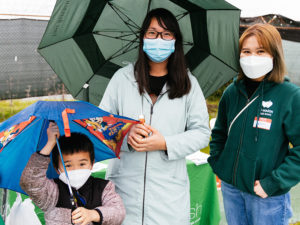 and Advocacy team continues to push at the federal level for benefits that better reflect the cost of living in our counties, and our CalFresh team continues assisting households in applying and securing the benefits they qualify for, we need our community members and local elected officials to rally in support of our neighbors facing food insecurity.
and Advocacy team continues to push at the federal level for benefits that better reflect the cost of living in our counties, and our CalFresh team continues assisting households in applying and securing the benefits they qualify for, we need our community members and local elected officials to rally in support of our neighbors facing food insecurity. 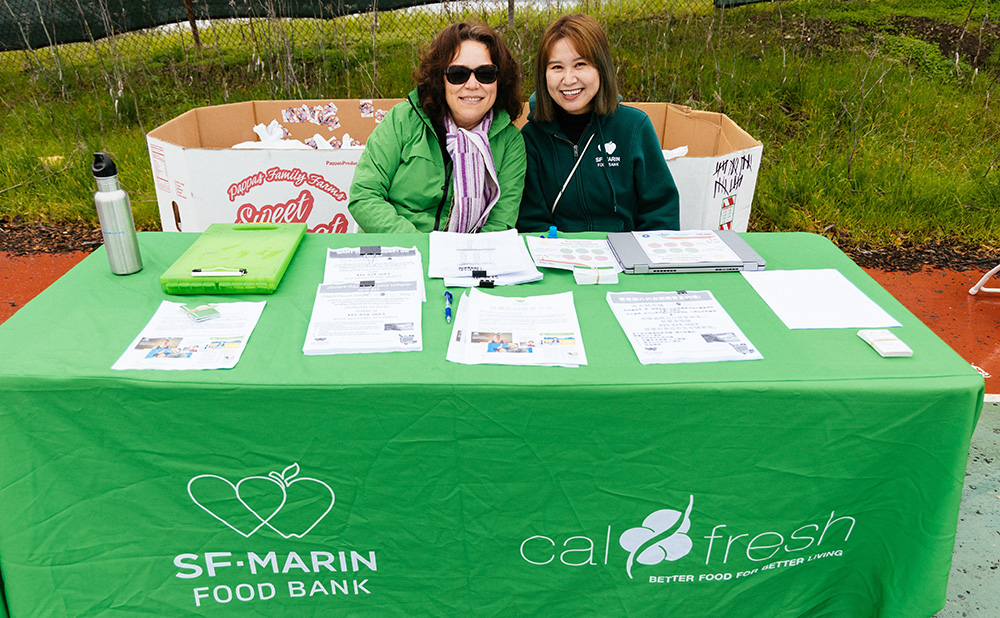
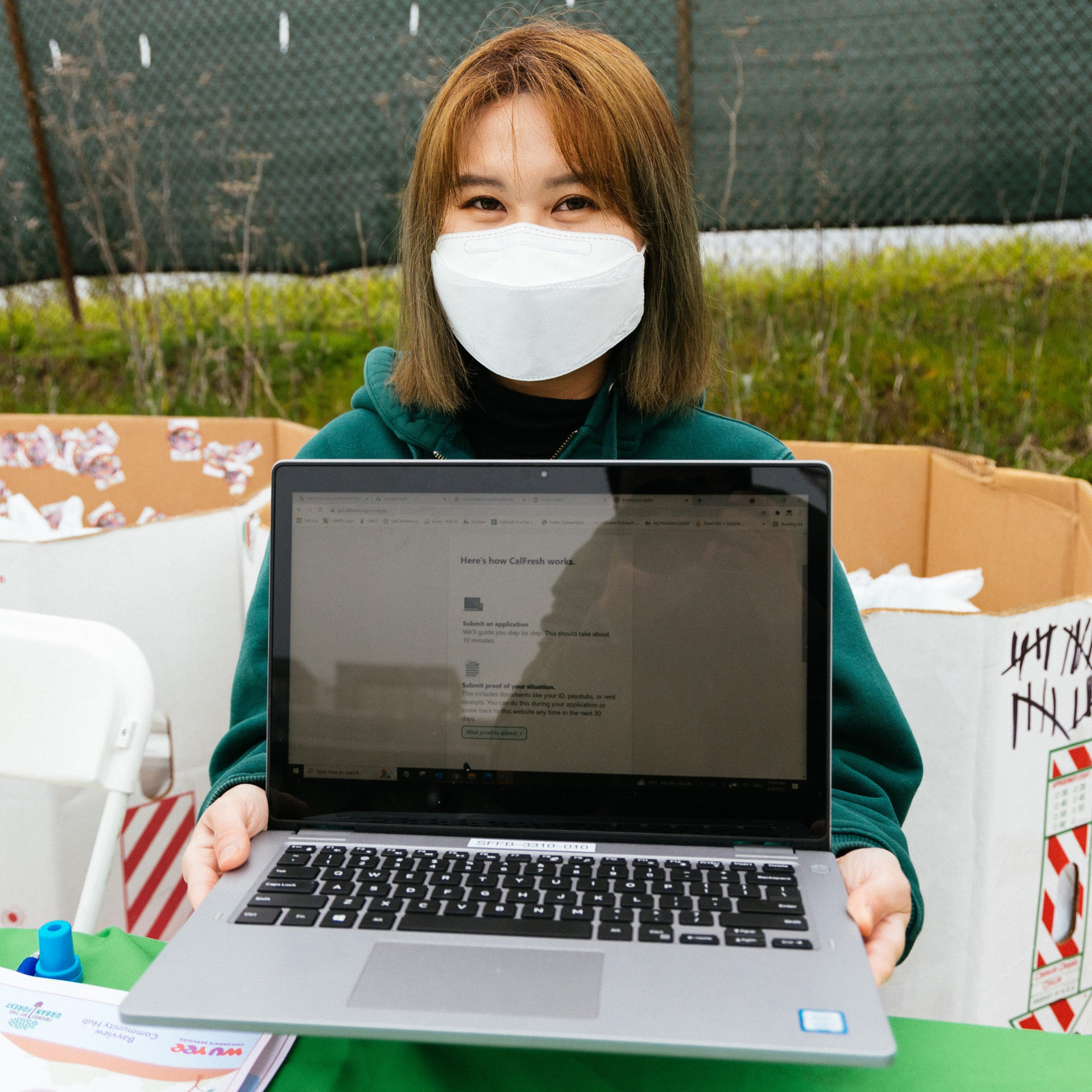
Share